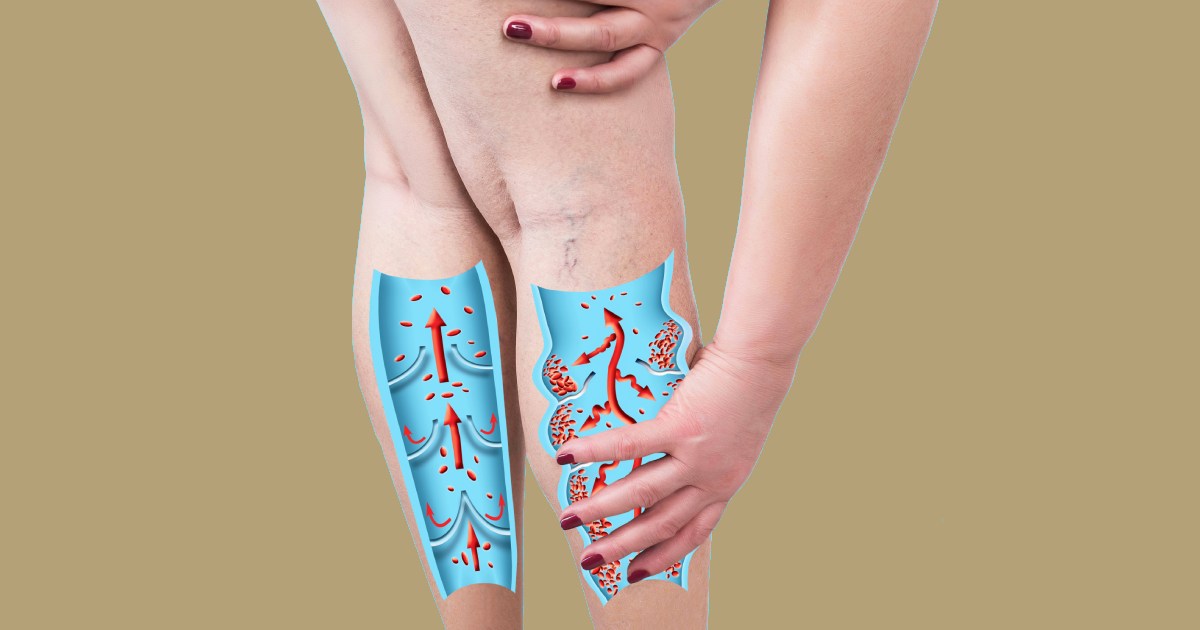Popliteal Vein Compression

The popliteal vein drains blood from the calf to the thigh.
It is part of the deep system and is located behind the knee.
The popliteal vein is an axial vein meaning it is one of the main veins in the leg.
In some people, the vein can be squashed by the pressure in the space between the top of the calf and where it runs in the thigh.
That space is a “closed” space meaning that if the pressure in that space rises, it cannot be transmitted elsewhere, and because the pressure in the vein is low, the vein gets squashed closed.
This can be seen in people who are obese, as the space gets filled with fat and that increases the pressure in it.
It can also happen when the knee is extended and locked.
There are some studies that suggest that popliteal compression can lead to a DVT.
That may be the case where the knee is extended to lift the heel off the bed during surgery.
It may also be associated with travel, particularly long-haul air travel. Studies also suggest that popliteal compression can be a cause of chronic venous disease with pigmentation and staining and possibly ulcers.
The diagnosis can be made by venous ultrasound done at a vascular laboratory by a vascular technician.
The test is done by measuring the diameter of the vein above and below the knee joint with the knee bent and then extended.
If the diameter decreases by more than 50% then the diagnosis is made.
Treatment involves opening the compartment that the popliteal vein runs in. It is done as a day procedure through a small cut.
Download an information sheet here

